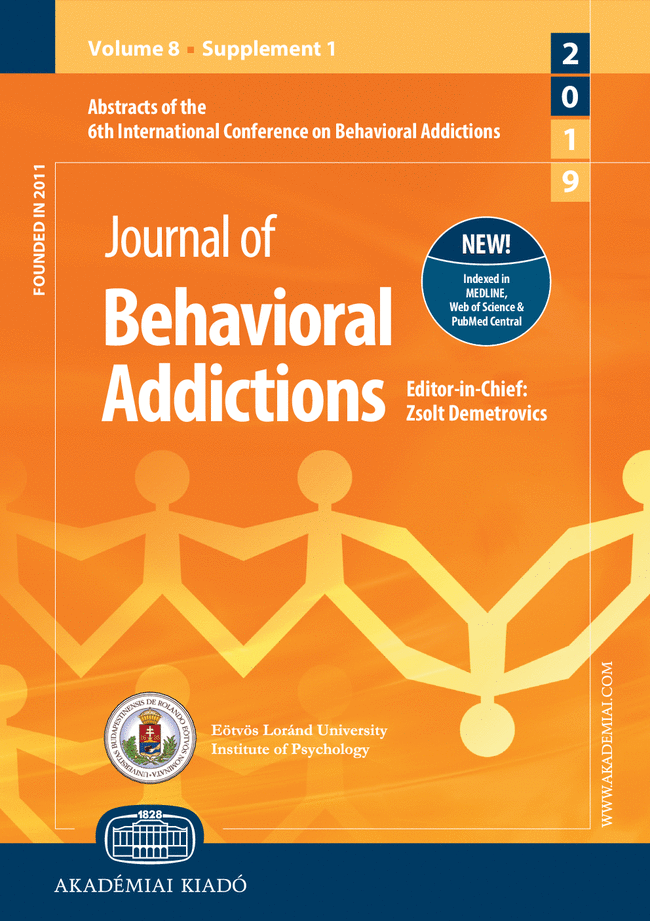Demographic and psychiatric correlates of compulsive sexual behaviors in gambling disorder
Demographic and psychiatric correlates of compulsive sexual behaviors in gambling disorder
Author(s): Megan E. Cowie, Hyoun S. Kim, David C. Hodgins, Daniel S. McGrath, Marco De Tubino Scanavino, Hermano TavaresSubject(s): Behaviorism
Published by: Akadémiai Kiadó
Keywords: gambling disorder; compulsive sexual behaviors; comorbidity; clinical correlates
Summary/Abstract: Background and aims. Gambling disorder (GD) and compulsive sexual behavior (CSB) may commonly co-occur. Yet, the psychiatric correlates of these co-occurring disorders are an untapped area of empirical scrutiny, limiting our understanding of appropriate treatment modalities for this dual-diagnosed population. This study examined the demographic and clinical correlates of CSB in a sample of treatment-seeking individuals with GD (N = 368) in São Paulo, Brazil. Methods. Psychiatrists and psychologists conducted semi-structured clinical interviews to identify rates of CSB and other comorbid psychiatric disorders. The Shorter PROMIS Questionnaire was administered to assess additional addictive behaviors. The TCI and BIS-11 were used to assess facets of personality. Demographic and gambling variables were also assessed. Results. Of the total sample, 24 (6.5%) met diagnostic criteria for comorbid CSB (GD + CSB). Compared to those without compulsive sexual behaviors (GD − CSB), individuals with GD + CSB were more likely to be younger and male. No differences in gambling involvement emerged. Individuals with GD + CSB tended to have higher rates of psychiatric disorders (depression, post-traumatic stress disorder, and bulimia nervosa) and engage in more addictive behaviors (problematic alcohol use, drug use, and exercise) compared to GD − CSB. Those with GD + CSB evidenced less self-directedness, cooperativeness, self-transcendence, and greater motor impulsivity. Logistic regression showed that the predictors of GD + CSB, which remained in the final model, were being male, a diagnosis of bulimia, greater gambling severity, and less self-transcendence. Discussion and conclusion. Given those with GD + CSB evidence greater psychopathology, greater attention should be allocated to this often under studied comorbid condition to ensure adequate treatment opportunities.
Journal: Journal of Behavioral Addictions
- Issue Year: 8/2019
- Issue No: 3
- Page Range: 451-462
- Page Count: 12
- Language: English

